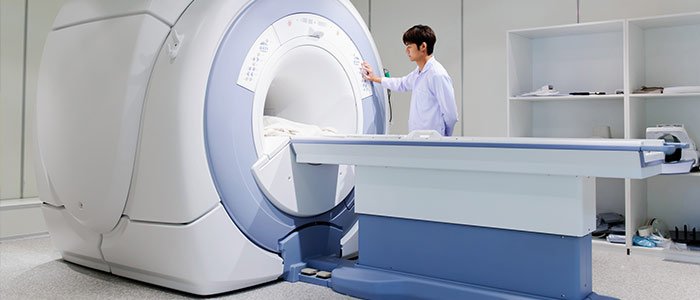Magicians make a living at amazing crowds with all kinds of impressive tricks and acts. They are masters at making things appear different than they actually are (i.e., “Did that bunny really just disappear into thin air?”). Similarly, MRIs (magnetic resonance imaging) can be very good at making dysfunctions, derangements, or pain sources appear differently than they actually are. Over 80% of the population will experience low back pain sometime in their life. Does this mean each individual with low back pain would show “abnormalities” if they had the opportunity for an MRI? Hopefully! Especially if they are over the age of 60. Even in an individual with no symptoms, it is way more common to actually have abnormalities in the image than not. Even without pain, one is expected to have a degenerative spine, bulging discs, or other “positive” findings in their MRI reports. So the next time you are lined up for an MRI, think about how unlikely it would be not to have some abnormalities even if you didn’t have any symptoms. Maybe that MRI report is acting like a magician—making things appear different than they actually are when it comes to identifying the source of your pain. Because imaging results rarely affect treatment plans for something like common low back discomfort, it has been shown that routine imaging may have little effect on clinical outcomes.
The Grand Illusion: Things Are Not Always as They Appear





